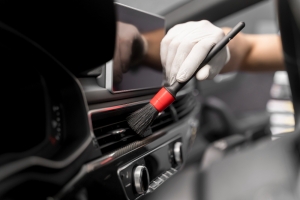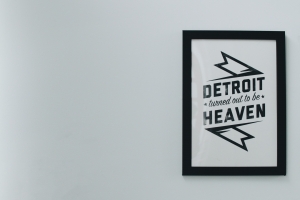If you've ever worked with storage rooms or lab spaces, you already know that temperature behaves in strange ways. One corner stays cooler, another slightly warmer, and the equipment screen still shows that everything is “fine.” That's where Temperature Mapping comes in — it is basically about finding out what's really happening inside the space. Even a one-degree shift can affect the quality of sensitive stuff like vaccines, samples, or chemicals. The idea is to catch these small differences before they start causing real trouble.
How Messmatik Handles It
Messmatik doesn't just drop sensors and leave. The team first walks through the place — they look at airflow, wall vents, where doors open, and how fans run. Once they get the feel of it, they place sensors at different levels and corners. These little loggers stay for a few days and quietly record data, showing how the temperature moves through time. When everything's done, the numbers are downloaded and reviewed. But instead of giving pages of unreadable data, Messmatik focuses on what matters — which spots run off range and how to fix them. It's not just about compliance; it's about keeping things stable.
Inside the Equipment – Cabinet Temperature Mapping
If we talk about smaller units such as fridges/incubators, Cabinet Temperature Mapping becomes the main check. It has become so common for the top of a fridge to be slightly warmer than the bottom. That is physics — warm air rises. Messmatik tests those points by running sensors through the cabinet and letting it run under normal use. They also open doors during tests, because that's what happens in daily life. The results show real behaviour, not just perfect lab conditions. It helps labs prove that their equipment works properly and stays within limits when it actually matters.
Large-Scale Work – Storage Room Temperature Mapping
Bigger spaces, like warehouses or cold rooms, act differently. Air circulation, sunlight, or frequent door openings can make some spots drift off target. Through Storage Room Temperature Mapping, Messmatik measures how temperatures change in each area over several days. They don't just take one snapshot; they capture daily cycles — morning, afternoon, night. That's how they find warm pockets or airflow gaps. For industries like pharma and food, this step is almost mandatory. It prevents costly spoilage and proves compliance during audits.
Why Clients Stick With Messmatik
What people like most is that Messmatik speaks clearly. Reports are easy to follow, and explanations sound practical, not textbook-style. The goal is to make sense of the data so the next inspection goes smoothly. In short, consistent temperature is not just a regulation — it is what keeps your products safe and your reputation steady.
For more information, you can visit our website https://www.messmatik.ch/ or call us at +41614818920





